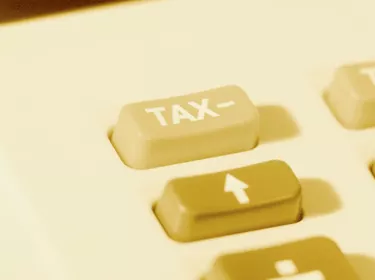
A key reason that many small businesses fail is poor accounting practices. One of the most important financial documents for any business is the Profit and Loss Statement, or Income Statement.
Not only does it help you see how you are doing in terms of your income and expenses, but it can also help you improve your tax situation by helping you plan your deductions. Keeping accurate monthly daycare profit and loss records for your home business will help you keep an eye on your financial situation and remain profitable for years to come.
Video of the Day
Video of the Day
What Is a P&L Statement?
A P&L Statement is a list of your income and expenses, broken down into categories that show you where your money is coming from and what type of expenses you have. For example, your revenue might include payments from students, sales of toys and tutoring.
You can find your daycare profit (and loss) from your daily operations, as well as your overall financial situation. For example, after you start your business, you might soon show a monthly profit from taking in clients after you pay for supplies, food, staff, rent, phones and other expenses. If you assign paying off some of your startup costs (such as a computer, furniture and other items you will use for years to come) to your P&L Statement each month, you might see a loss.
Let's say you have $2,500 in direct operating expenses each month your first year and $4,000 in income, giving you an operating profit of $1,500 per month. However, if you had $12,000 in startup costs and you're writing off $1,000 per month of those expenses the first year, your overall expenses are now $3,500 per month, giving you a profit of $500 per month. Next year, when you don't have those $1,000 in monthly startup costs to write down, you are back to making an overall profit of $1,500 per month.
The reason you might add these monthly $1,000 expenses to your P&L Statement is to reduce your annual home daycare business taxes.
List Your Sources of Funds
To calculate profit and loss for your home daycare business, start by listing your sources of income. You might have revenue from bookings, sales of toys or clothing, sales of a book or video you've produced, interest on investments, grants, donations or food subsidy money you receive from government agencies.
Total this revenue to get your total amount. If you get some payments every two months or every quarter, you can assign the average monthly amount to each month's P&L Statement revenue.
List Your Expenses
Write down all of your expenses and total them. Daycare business consultant Tom Copeland provides a free profit and loss template for daycare centers with typical daycare business expenses. Subtract them from your revenue to get your gross profit, or pre-tax profit. This will help you not only project what you might make if your monthly P&L averages out for the year, but also what your tax burden might be.
Once you see this, you might decide to spread out or accelerate your depreciation. For example, if you want to reduce your taxes this year, you might increase your startup expense paydown. If you want to keep more of your income (although you'll pay higher taxes), you can pay down your startup expenses over the course of several years. Talk to a tax professional about how to optimally and legally depreciate your business expenses.
Read More: Deducting Mortgage Interest on a Second Home
Categorize Your Expenses
Put your expenses under different headings, such as cost of goods sold, overhead, general and administrative expenses or startup costs. This will help you see where you might be spending too much money. It will also help you set your prices correctly. For example, if it costs you $X per child per day in direct expenses (e.g., staff, food etc.), you will not make a profit just by charging any amount over $X.
You have to add in your overhead costs (advertising, insurance, website, phones, licenses) per child. Each time you take on another child, your overhead cost, or contribution, per child, decreases, improving your profit margins. BPlans.com offers a more detailed Profit and Loss Statement for a daycare business.